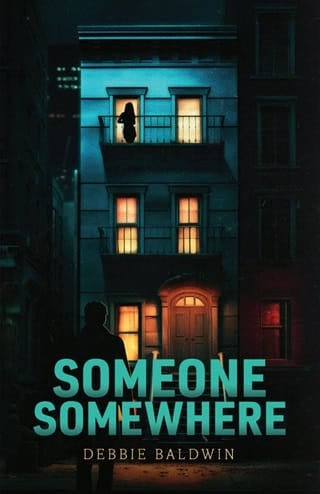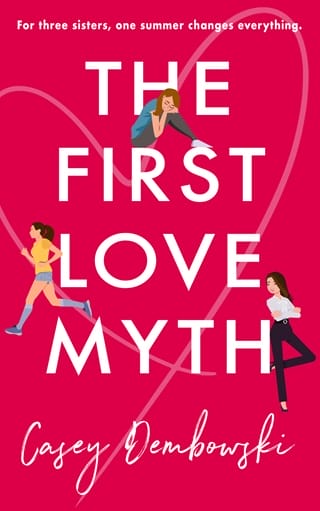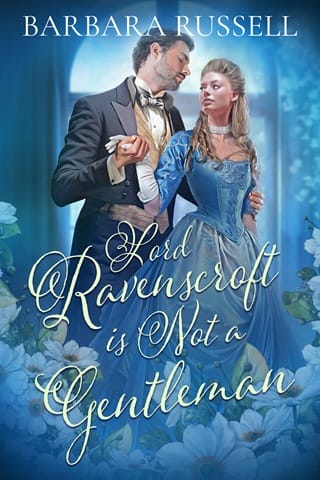Chapter Nineteen
October 15
Lucien Kite Estate
L ucien Kite flipped through the paperwork in the folder. He had instructed Raphael Garza to gather information on Clara Gatreau and her father, the infamous Reynard, and his tracker had delivered. Kite paused at an eight-by-ten photo. He withdrew the picture and examined it. “This is the painting Reynard bought?”
Raphael Garza stood at ease, feet shoulder-width apart, hands folded behind him. “Yes, sir.”
Kite returned to the file. “I’ve never heard of the artist. Tavarro.”
“He’s a lesser-known Spanish artist.”
“Two mil seems like a hefty price tag for ‘lesser-known.’”
Garza shifted his stance. “There are rumors surrounding that painting.”
Kite set the file down. “What kind of rumors?”
“Most reputable sources insist there is no truth to them.”
“But.”
“In the 1700s, Ferdinand the Sixth, the Spanish King who was widely thought to be insane—he was known as Mad King Ferdinand—became convinced he was going to be assassinated. He planned an escape in the event of a siege and supposedly hid money and jewels along the route. The legend goes that Ferdinand would sneak off during hunts to bury bundles of treasure. After the deaths of Ferdinand and his wife, Queen Barbara, it was discovered that her wedding jewelry was missing. Notably, her ceremonial tiara. The center stone is a rare twenty-carat Kashmir sapphire.”
Kite gave a low whistle.
“There was no evidence that any of this was true until the late eighteen-nineties when a father and son were fishing in the river where Ferdinand was known to hunt. The boy was digging for worms and unearthed a pouch filled with antique coins.”
“Dating back to Ferdinand the Sixth,” Kite surmised.
Garza nodded. “The discovery triggered a massive treasure hunt. The Spanish government had to intervene to stop tourists from digging up an entire river bank.”
“The sapphire was never found?” Kite asked.
“As I said, most authorities on the subject have concluded that the jewels were stolen by servants or courtiers. Neither the king nor the queen were in their right minds. It would have been easy for anyone with access to take advantage. But stories persist that Ferdinand hid the items.”
“How is the painting connected?”
“Tavarro’s village is along the river where King Ferdinand held lavish hunting events. The artist was poor, and Tavarro scraped by selling paintings and teaching. In the nineteen twenties, Tavarro acquired a large, unexplained sum of money. Locals whispered that perhaps Tavarro had discovered one of Ferdinand’s treasure troves. Tavarro refused to answer when questioned. He moved to the mountains and became a recluse. He lived alone until his death in 1938. That was his last painting.” Garza nodded to the closed file on Kite’s desk.
Kite pulled out the photo and read the portrait’s title. “ Somewhere .”
“Do you see the writing along the bottom?”
“Yes. I can’t make it out.”
“It’s a cryptic poem. Conspiracy theorists think it’s a map or a code. That, combined with the strange title, Somewhere , has treasure hunters believing that painting holds the key to finding the Kashmir sapphire. It’s a lot of nonsense.”
“Reynard doesn’t seem to think so.”
“Or he’s a smart collector. Tavarro has gained a lot of notoriety over the years—for his talent, not this treasure nonsense.” Garza gestured to the photo Kite held.
Kite returned his attention to the paperwork. “The painting was auctioned in Madrid and is being shipped to Reynard in France?”
“It’s in transit,” Garza confirmed.
“Where is it now?” Kite asked.
“At a customs house in Marseilles.”
“Thank you, Garza. You can go.”
When the door closed behind his tracker, Lucien Kite placed a call. He was no one’s prey. It was time to become the predator.
 Fullepub
Fullepub 



